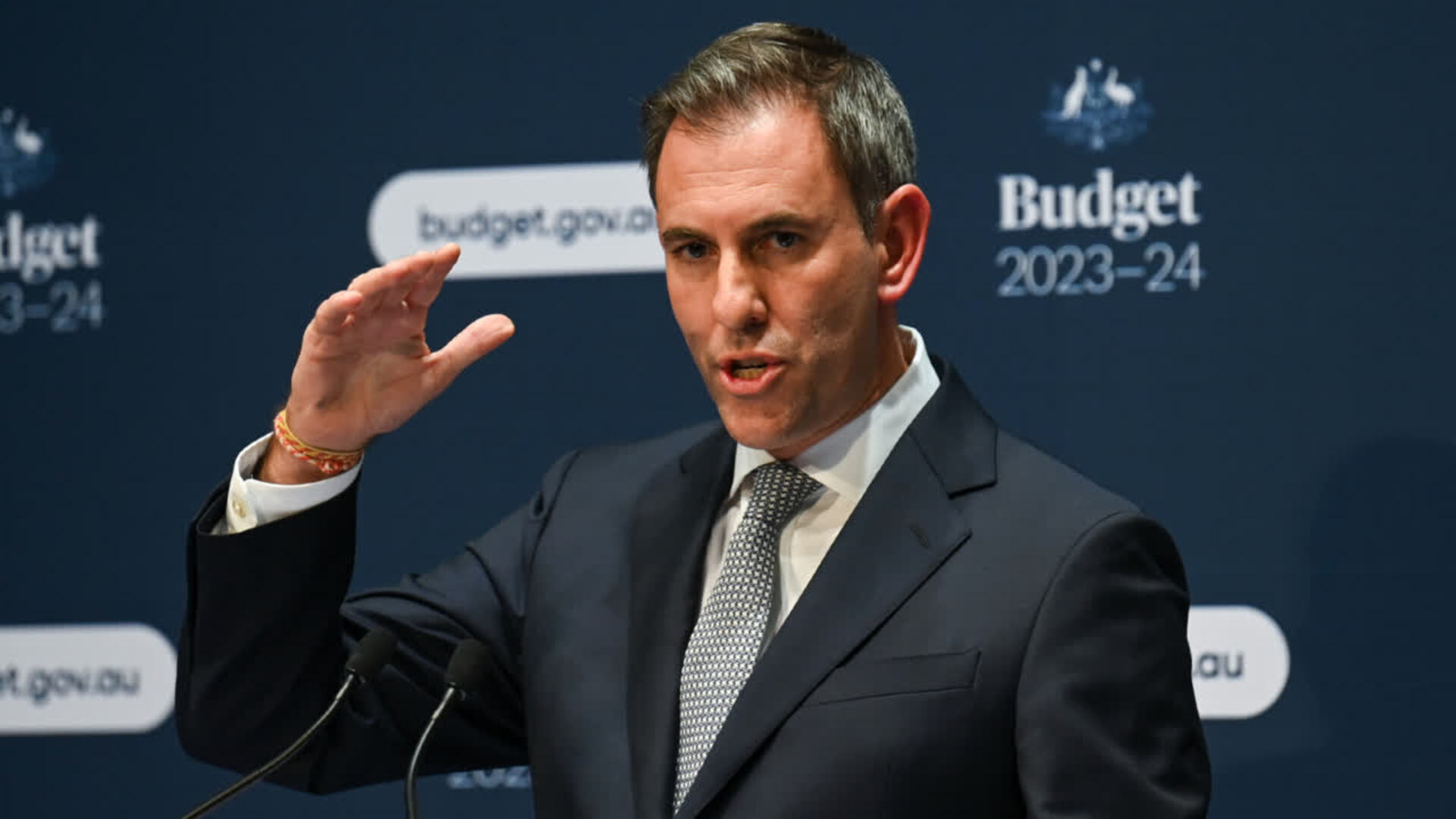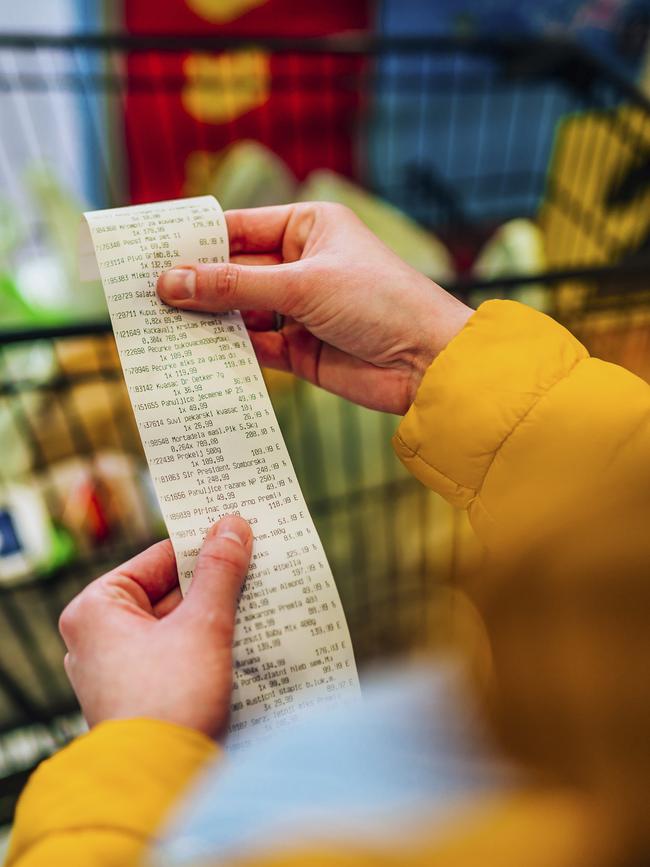Feeding my seven daughters is a penny pinching nightmare
With the average Australian family of four spending about $254 on groceries each week, having seven daughters has made Jane and Gary Wails experts in surviving a cost-of-living crisis.

NSW
Don't miss out on the headlines from NSW. Followed categories will be added to My News.
The average Australian family of four now spends about $254 on groceries each week, according to new data revealing how families are hit by the cost of living crisis as they shop for essentials.
The Finder.com.au analysis, from December 2024, also shows NSW takes the title of having the most expensive groceries in the country.
For a family of four, the average weekly grocery spend has increased by $28 since 2021 – equivalent to an extra $1,456 a year.
“Grocery bill stress” – Finder asks consumers to rate their top three most expensive bills every month, with groceries consistently making the top three most stressful – increased from 21% in 2021 to 41% in 2024.
Finder personal finance expert Sarah Megginson said grocery stress had reached unprecedented highs in Australia.


“It’s a tough time for families. In 2021, one in five Australians were stressed about their grocery bills but, in 2024, that has doubled – its now two in five Australians finding groceries stressful,” Ms Megginson said.
“It’s really stressful for families. A lot of families have had to switch what they buy.
“So they might have been shopping for fresh produce but now they are swapping to cheaper alternatives that are not as healthy.”
NSW households spend the most on groceries at $212 per week, followed by Victoria ($210), Western Australia ($209), and Queensland ($200). Those in South Australia spend the least at $186 per week.
Baby Boomers spend the least each week at $164, followed by Gen X at $201, Gen Z at $213, and Gen Y at $246 per week, according to the Finder research.
With seven daughters under the age of 18 – including three-year-old triplets – Albury couple Jane and Gary Wails have become experts in the art of surviving a cost-of-living crisis.
“We have a budget we stick to – we have always been careful with money, even with one child. Our biggest cost is food, then school fees and childcare costs,” Ms Wails said.

“We never get bored, that's for sure. We have some in high school, primary school and preschool – all different stages of life. We have to be very routined,” she said.
She spends about $450 to $500 a week on food, a number she keeps down by buying in bulk from Aldi, and avoiding prepackaged foods.
Each week, Ms Wails buys about 21 litres of milk, 1kg of cheese, 1kg of mince, 2kg of chicken, and 10 loaves of bread. She buys snacks in bulk which she then divides into containers.
“I don’t buy a lot of packaged things, especially for the kids’ lunch,” she said.
“I won’t buy the prepackaged chips or Shapes. I will buy a box of Shapes and share it out into the kids’ lunch.
“If you buy prepackaged things it is so expensive. I don’t buy the tiny little prepacked yoghurts, I buy a tub and share it out into little containers.
“If I have time, I will try and make a big cake or something so there’s something to put into the kid’s lunchboxes. That saves a lot of money as well.
“We make most of our food from scratch.”
Ms Wails remembers trying to buy the babies’ nappies when they were born during Covid, and being accused of hoarding.
“When the triplets were born, when they were newborns and I would go through the checkout with six packets of nappies to last me for the week, people would look at me as if I was a hoarder, I had to explain I had triplets and lived an hour away from the shops and had to buy enough to last me a week,” she said.
Do you have a story for The Telegraph? Message 0481 056 618 or email tips@dailytelegraph.com.au
More Coverage
Originally published as Feeding my seven daughters is a penny pinching nightmare





